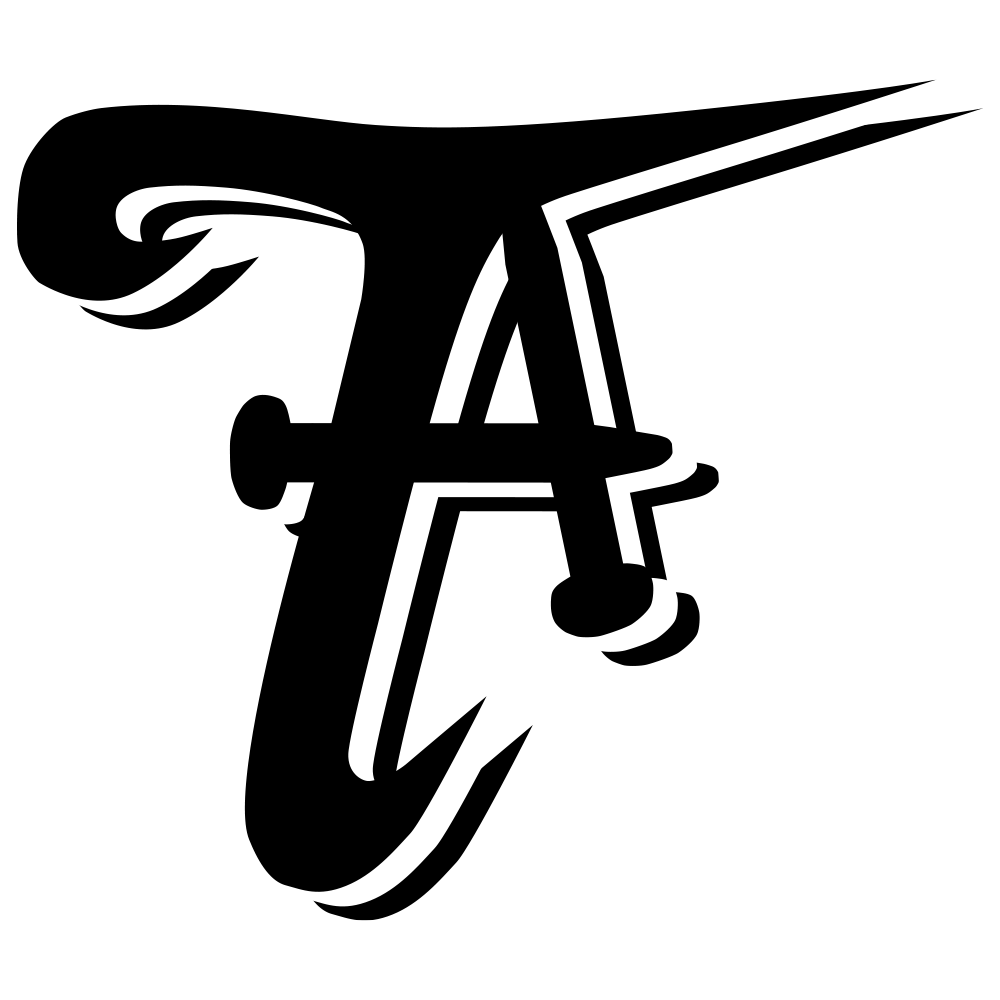The Cohort Pools
Spring 2024
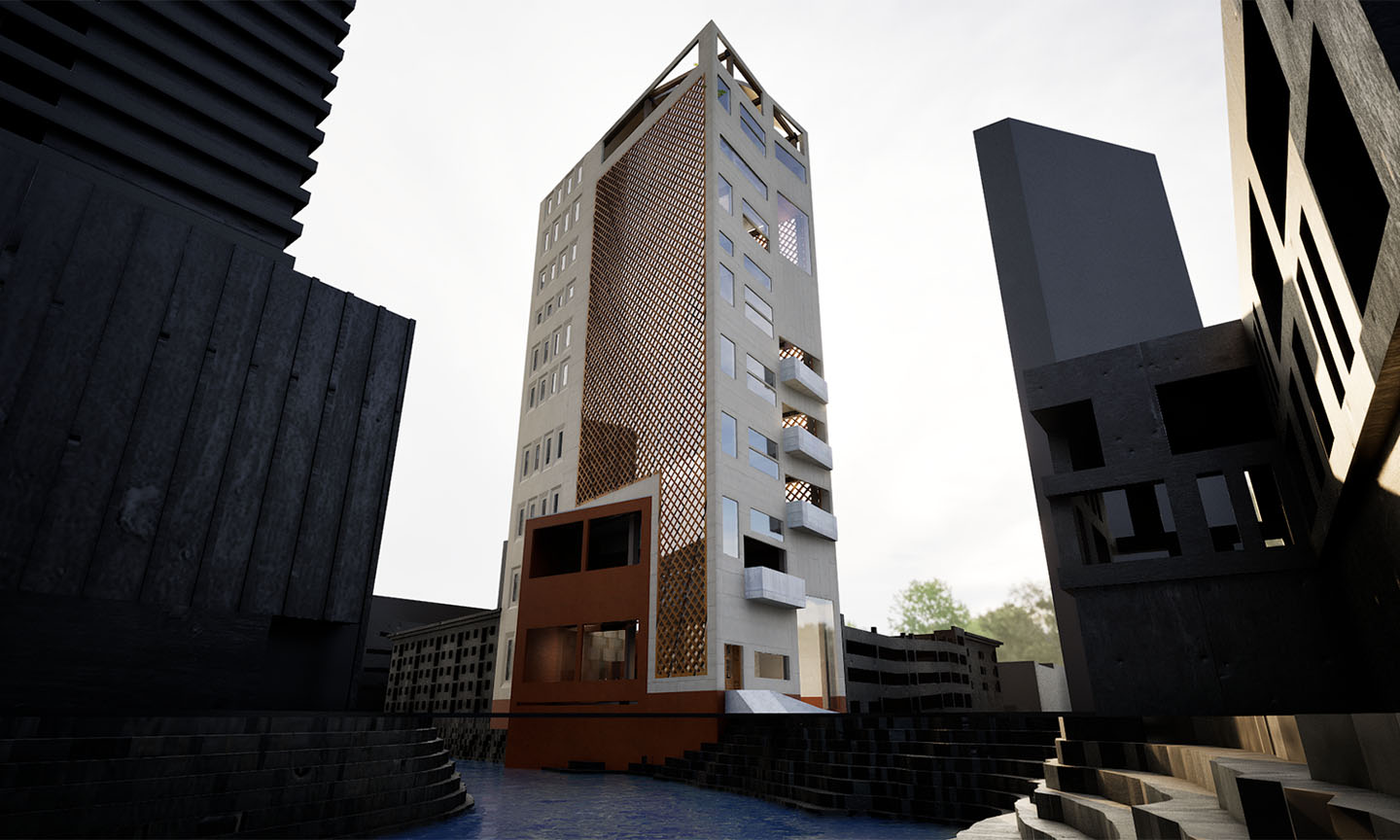
Design Framework
The Natare Corpus is an investigation into the meshing of independent systems to form a unified whole, inspired by both the city of Austin and the human body. This concept forms the structural and conceptual frame for a series of distinct community pools, each designed to engage Austin’s community in unique ways. The building’s facade communicates this framework of systems and relationships, adapting in form to respond to its site context along Shoal Creek and nearby pedestrian corridors.
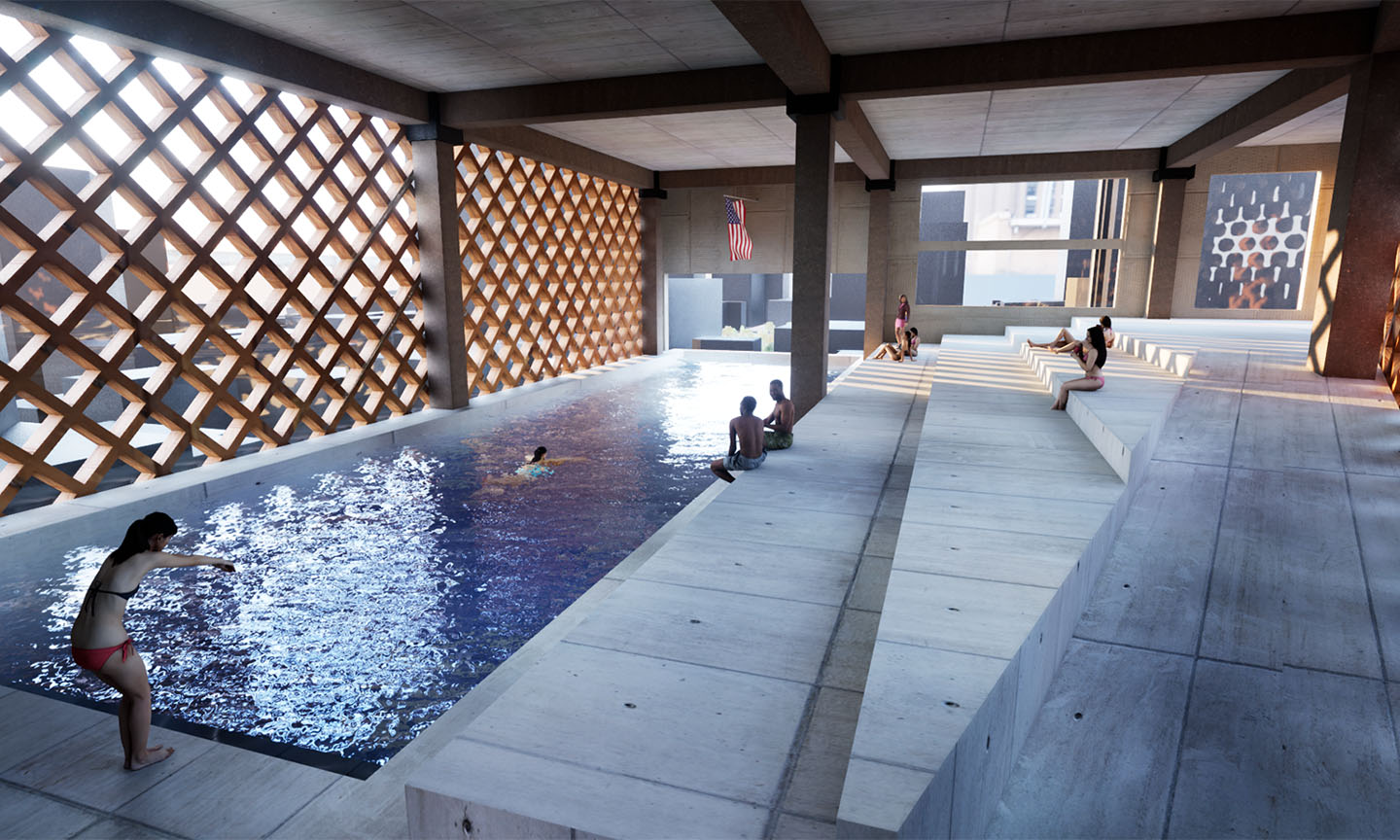
The Lap Pools
Facade and Site Context
The semester’s investigations began in Floydada, Texas, where I studied two courthouse-town facades with different levels of deterioration. Their conditions—reflected visibly through material wear—introduced a key design motif: the life of a building can be expressed through its facade. This idea became a lens through which I analyzed larger urban contexts, ultimately shaping the narrative behind the Natare Corpus.
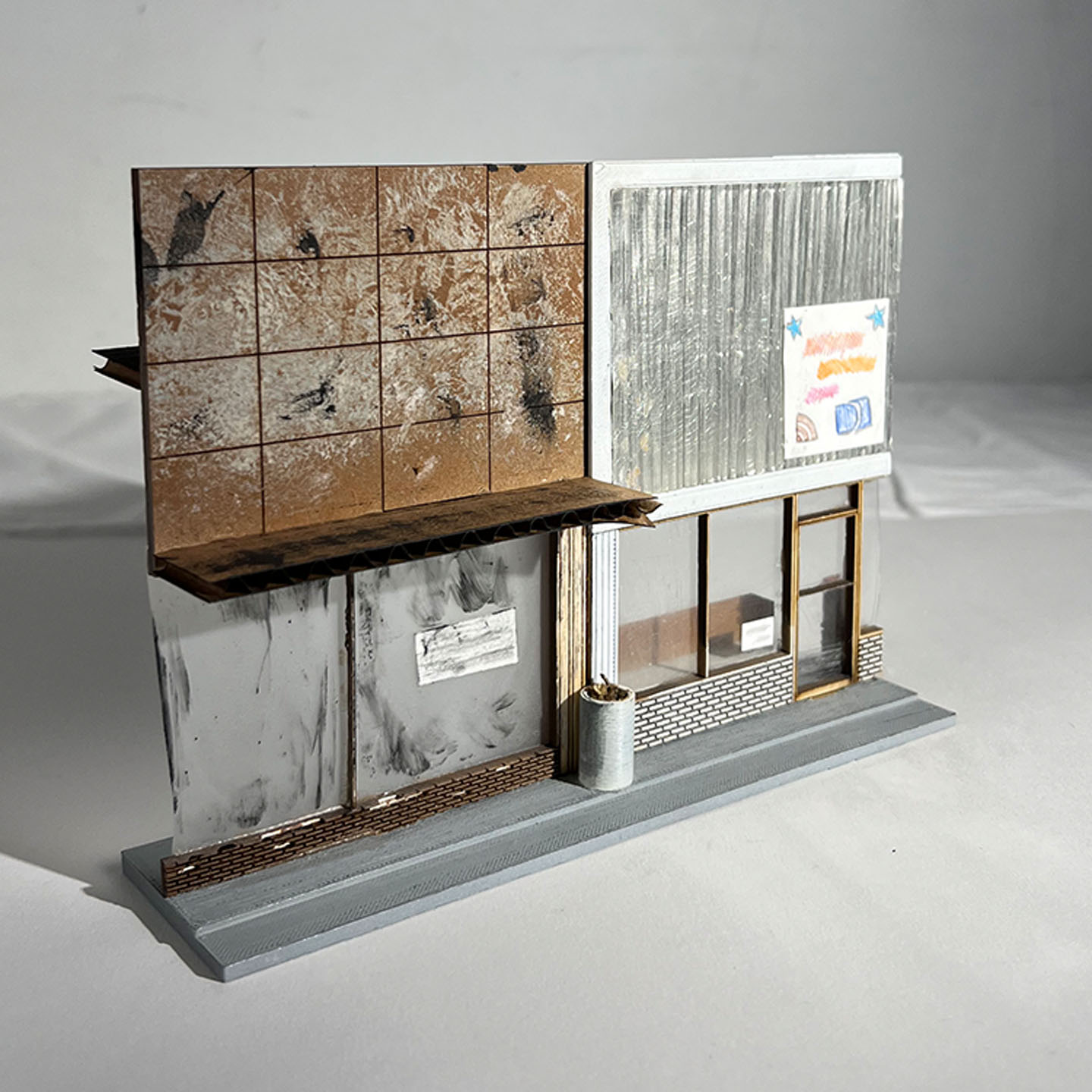
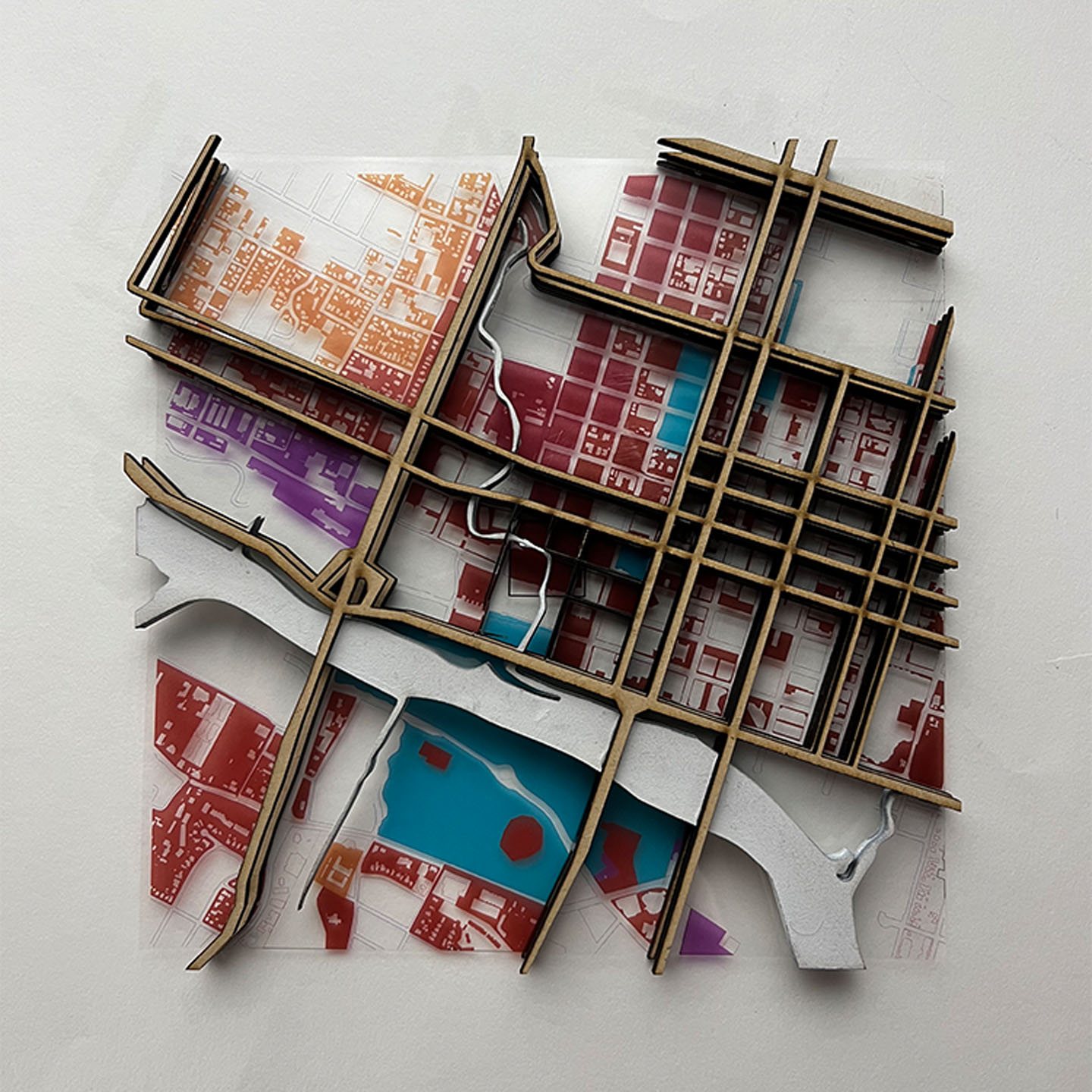
Urban Systems as Organism
Shifting to a city scale, I examined downtown Austin’s urban fabric as a facade in itself—one composed of systems that collectively animate the city. Streets, buildings, sidewalks, and geographical features were likened to components of the human body: bones, arteries, organs, and connective tissue. This metaphorical analysis led to a systemic framework that underpins the Natare Corpus.
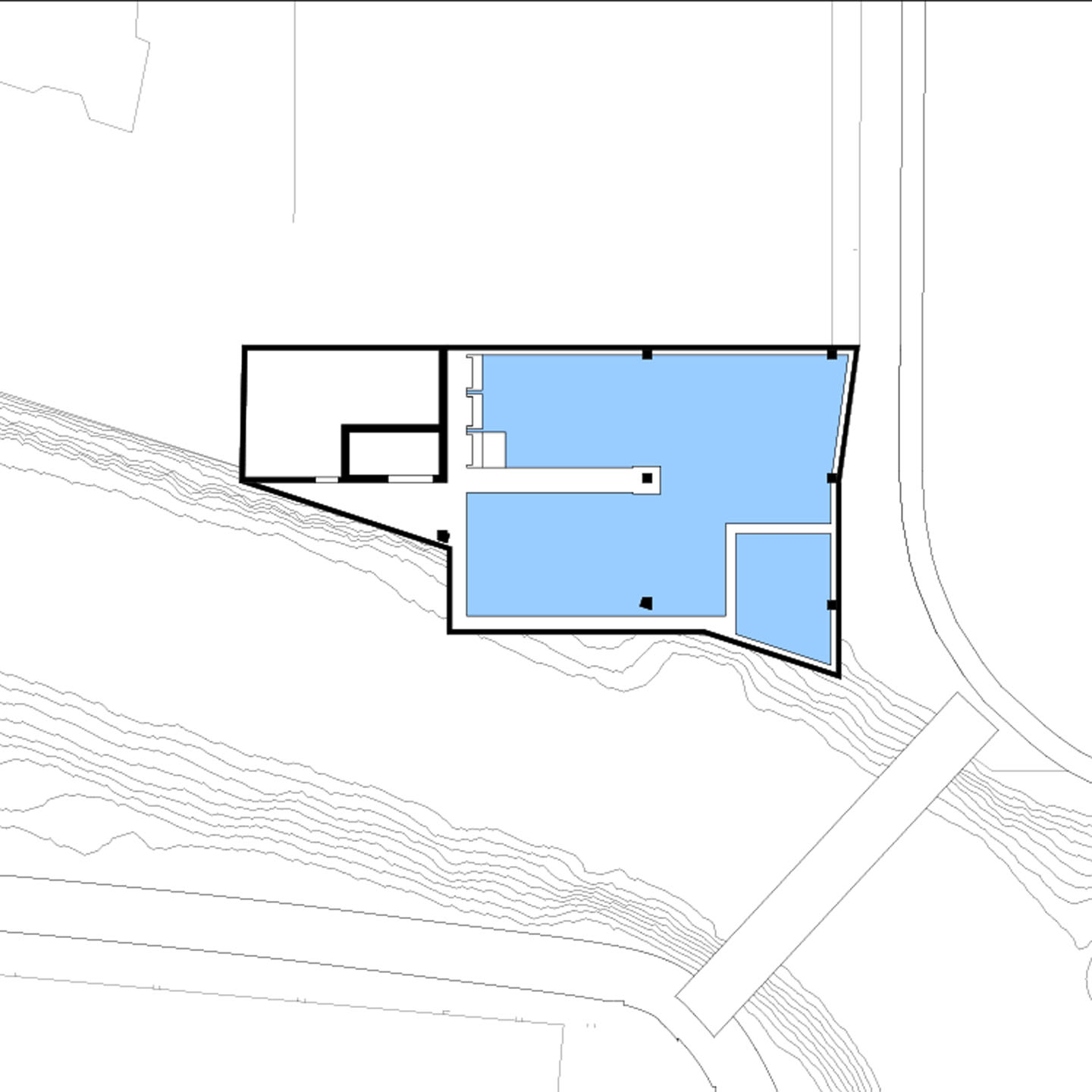
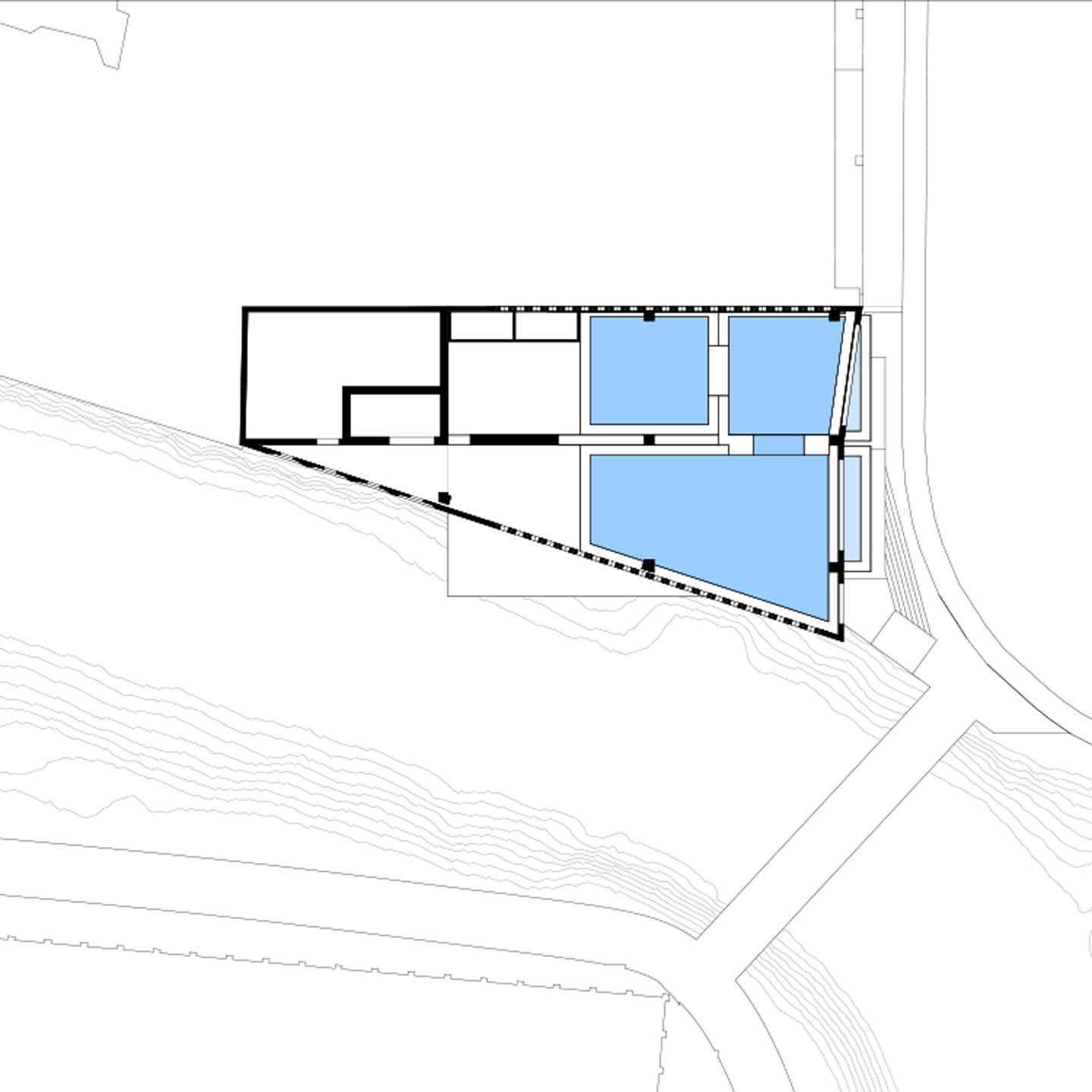
Precedent Influence
Precedents such as the Blur Building and the Sutro Baths informed early formal studies. I analyzed their proportions and experiential strategies through collages and iterative extractions. These were translated into volumetric testbeds that informed both the project’s massing and its layered systems.
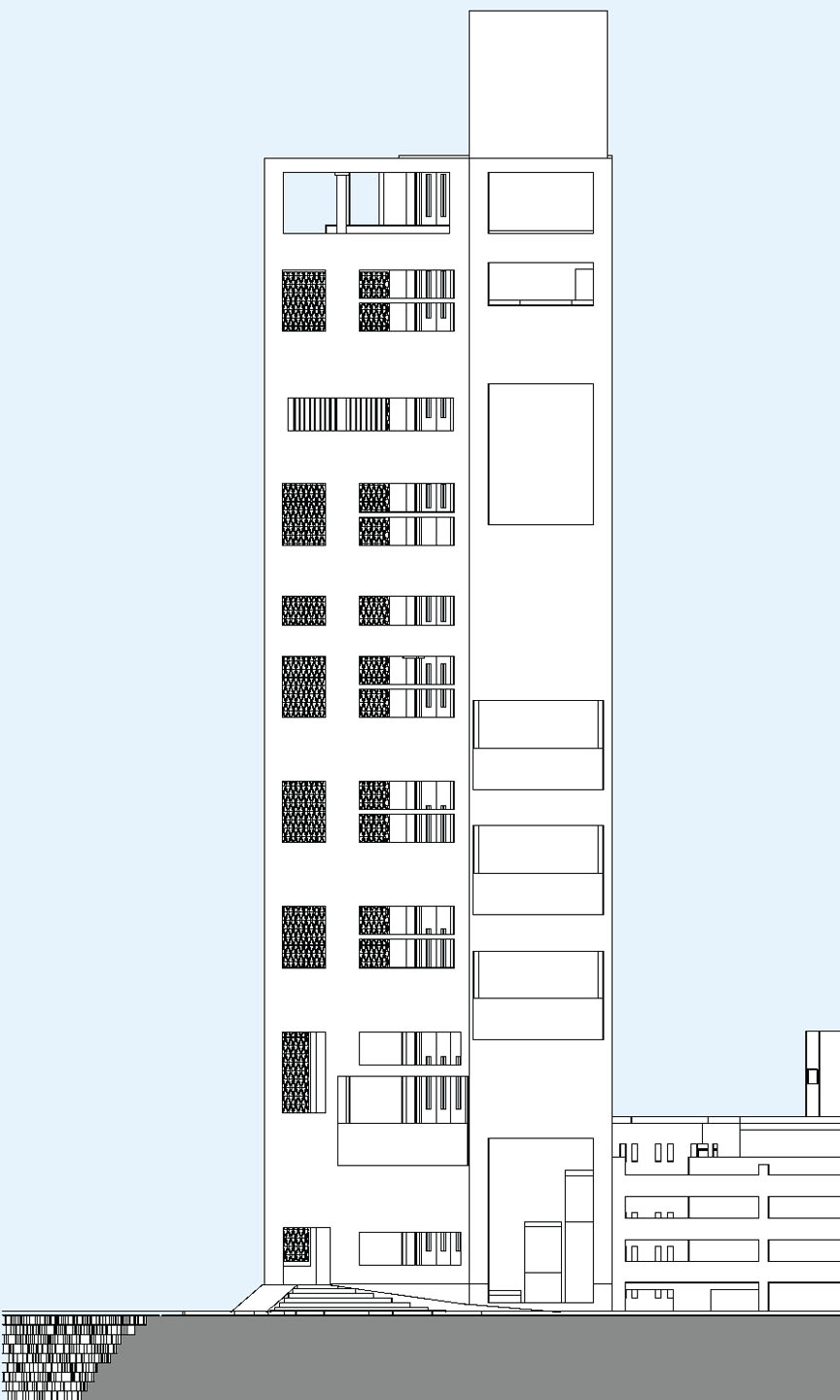
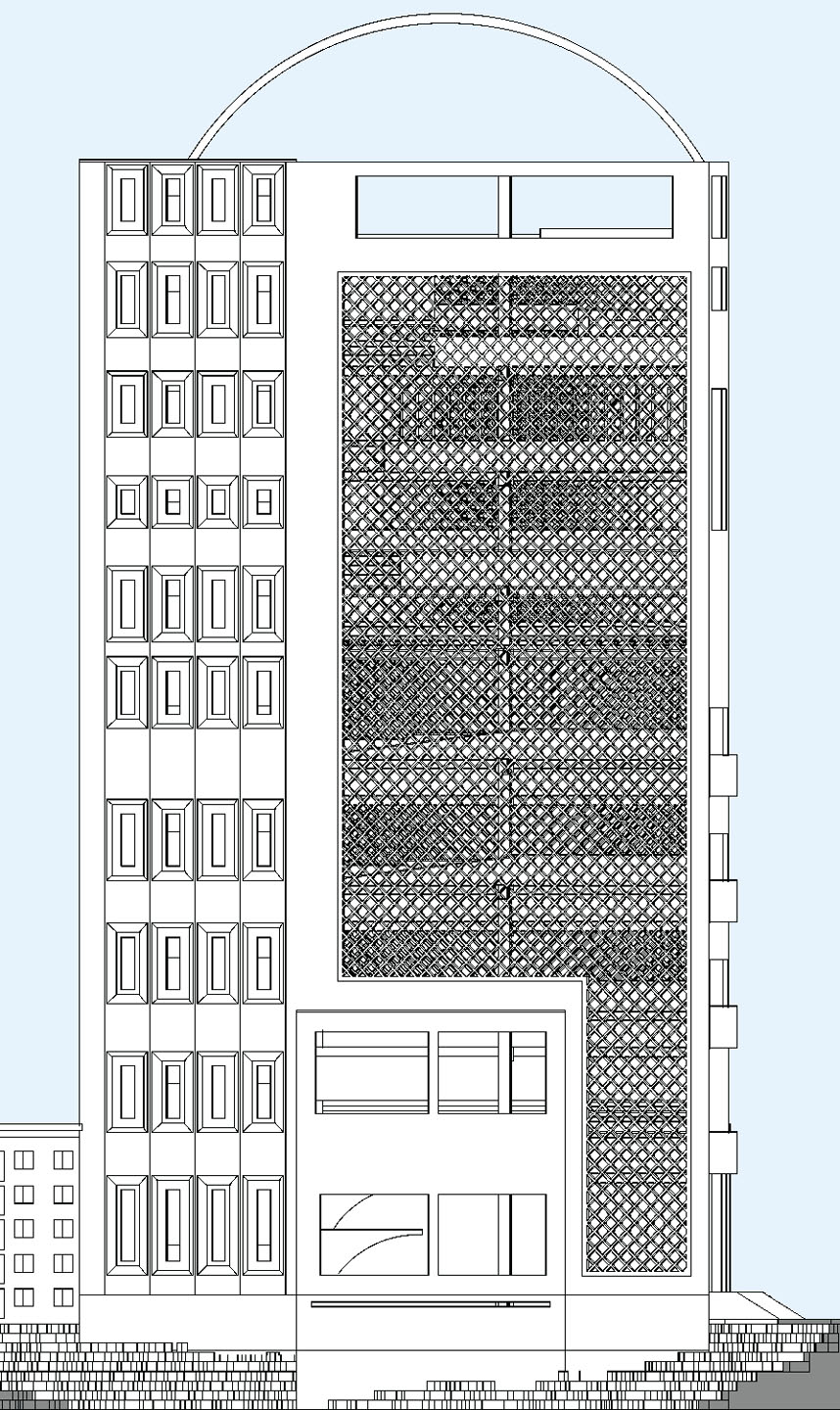
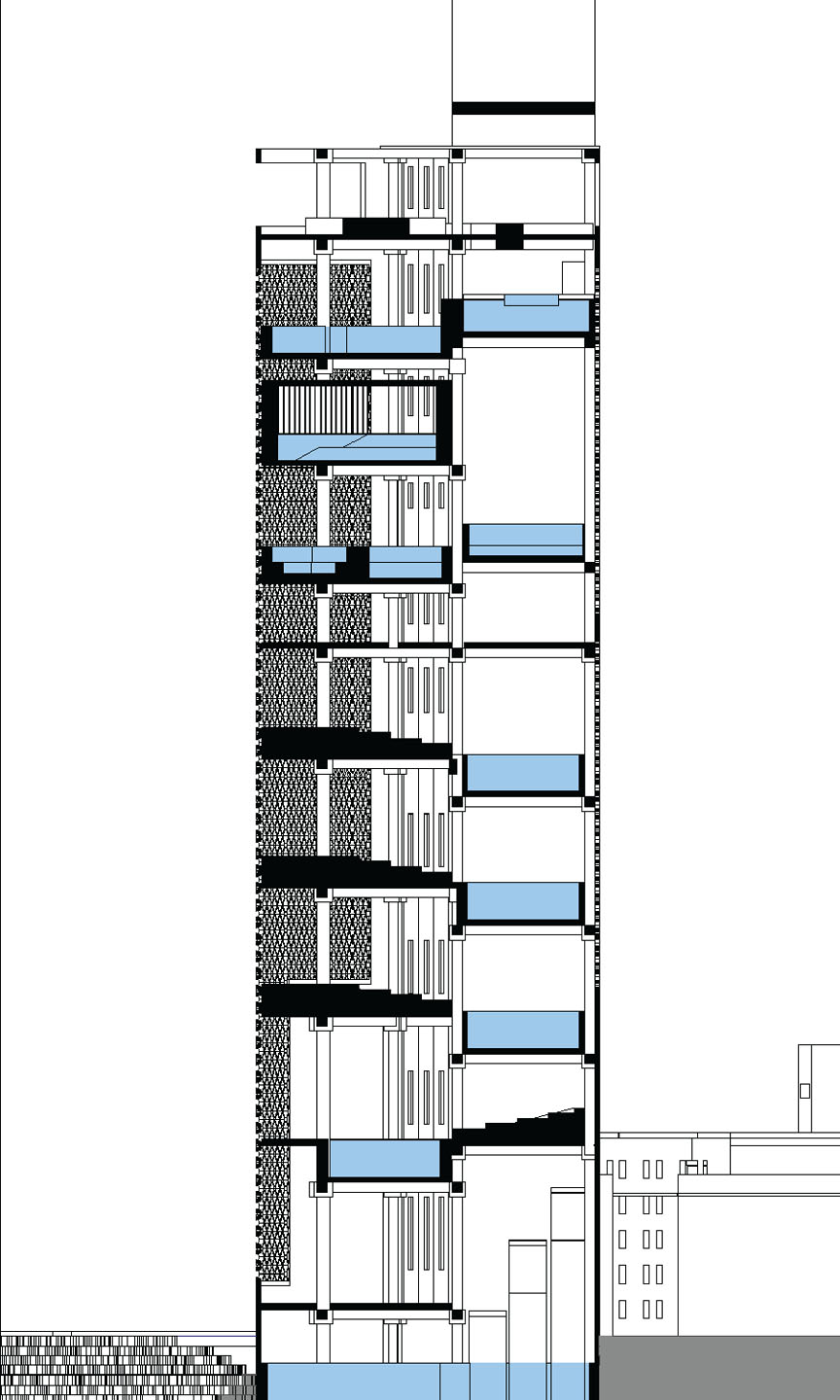
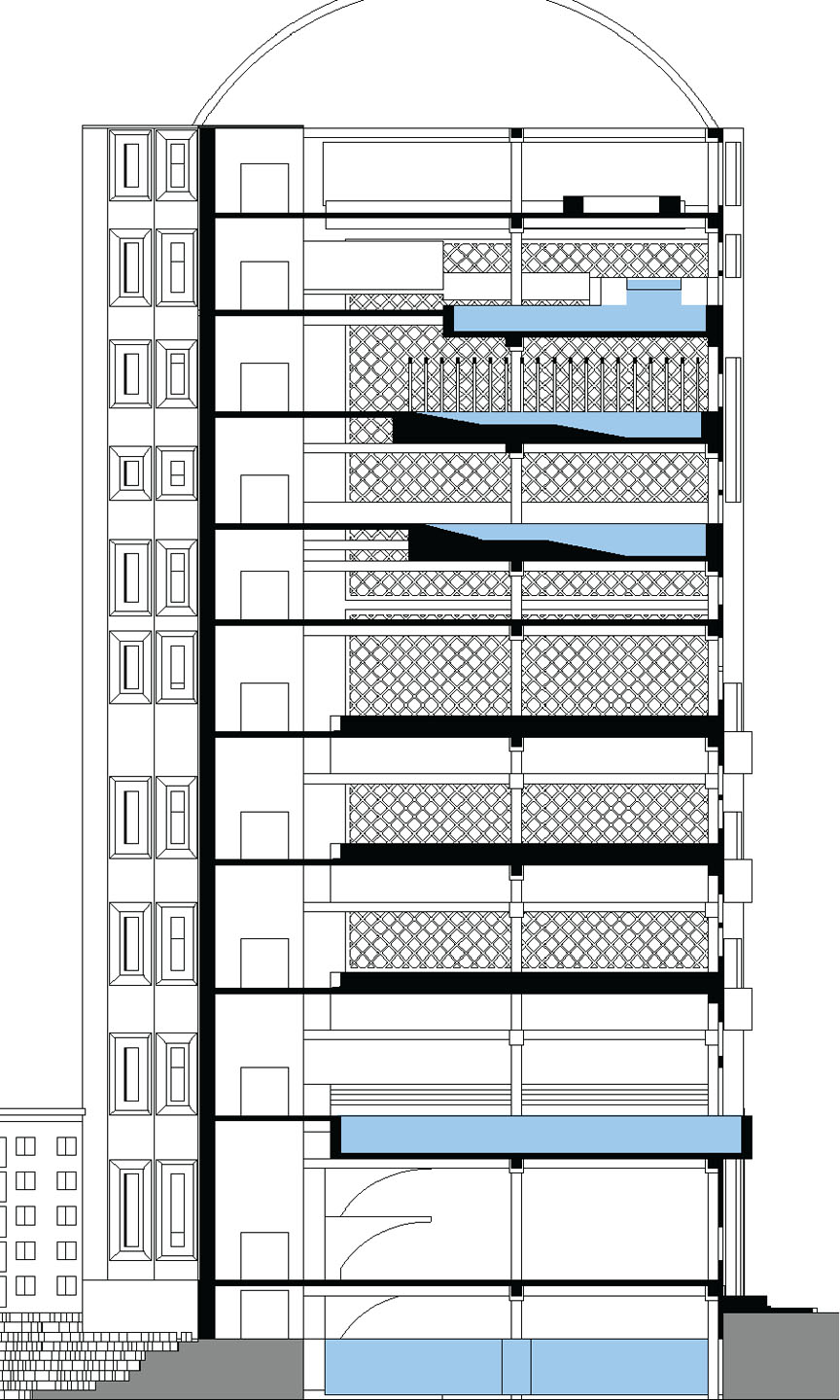
Iterative Development
Physical iterations using cardboard helped refine the central architectural focus. An early framework, inspired by the city grid, served as the basis for further development. I layered formal cues from precedent studies onto this framework, moving from rectilinear geometries to more fluid, organic expressions. The final iteration presented a system of layered, interdependent architectural elements—each facade layer expressing a distinct function or system while supporting the others.
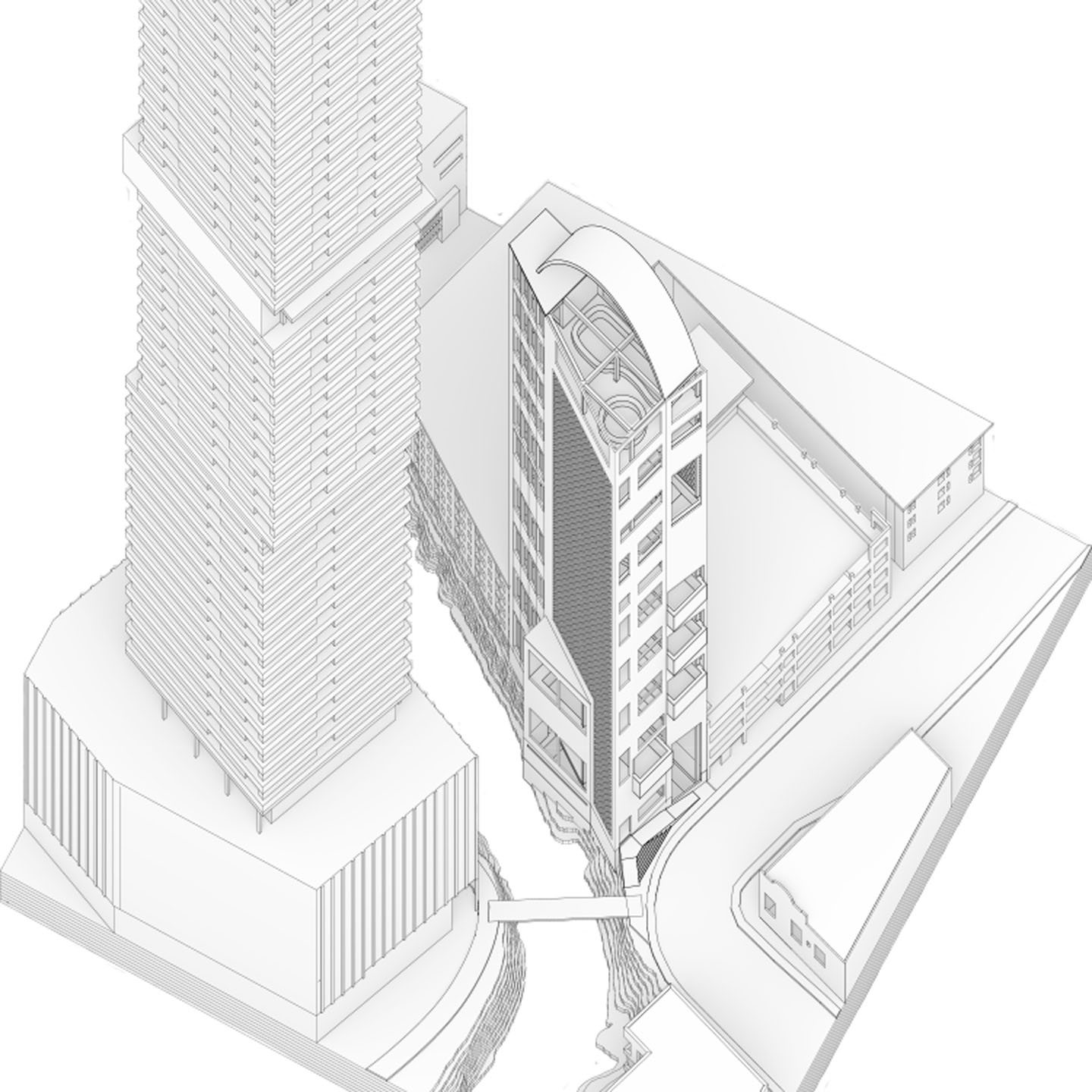
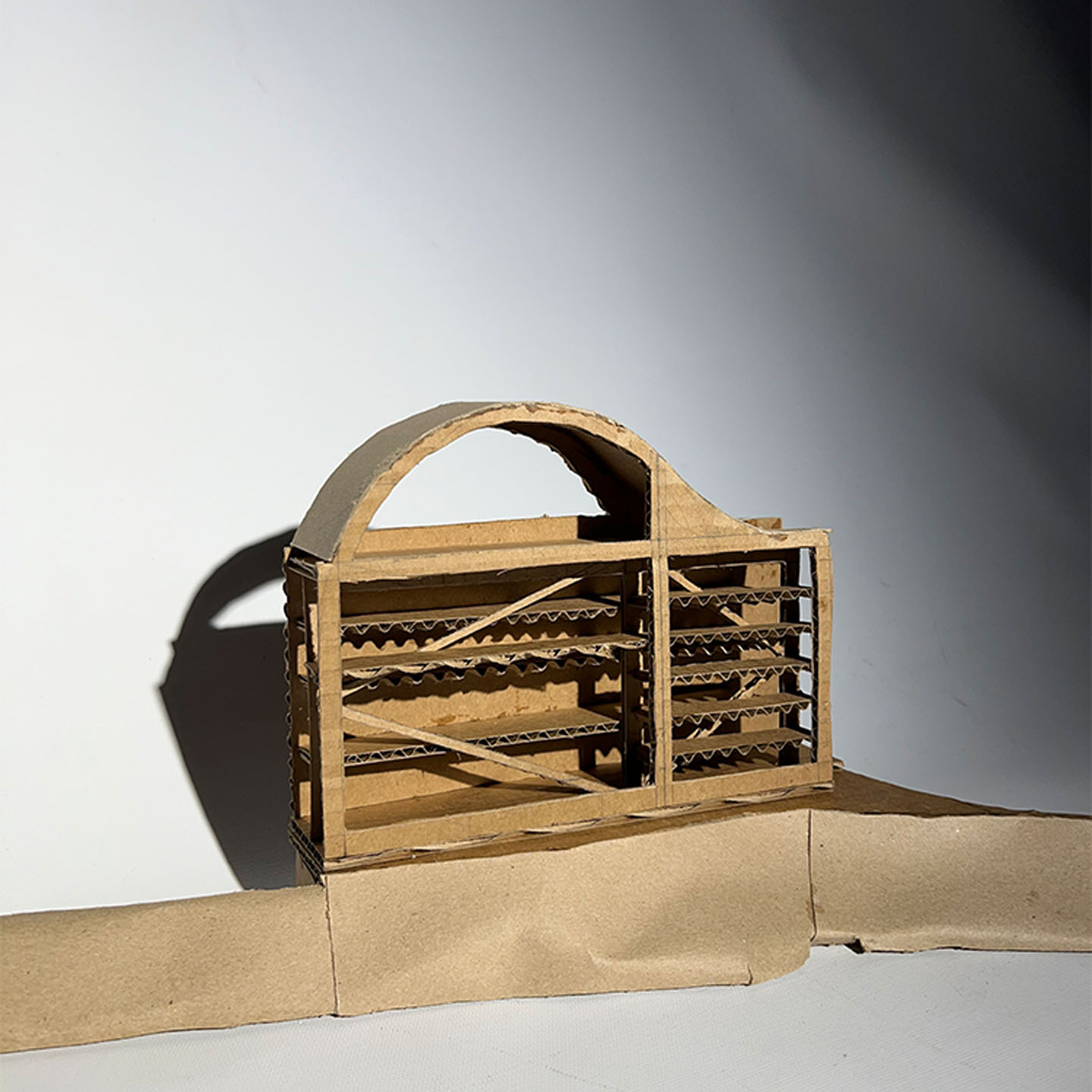
Project Summary
Ultimately, the Natare Corpus aims to unify the diverse social body of Austin through a structure of independently functioning but mutually supportive spaces. The building’s facade celebrates this interdependence, adapting to the street edge of 4th Street and responding to the natural elements of Shoal Creek. It stands as both a civic gesture to the uniqueness of Austin’s communities and a commentary on the power of collaborative systems in architectural expression.
